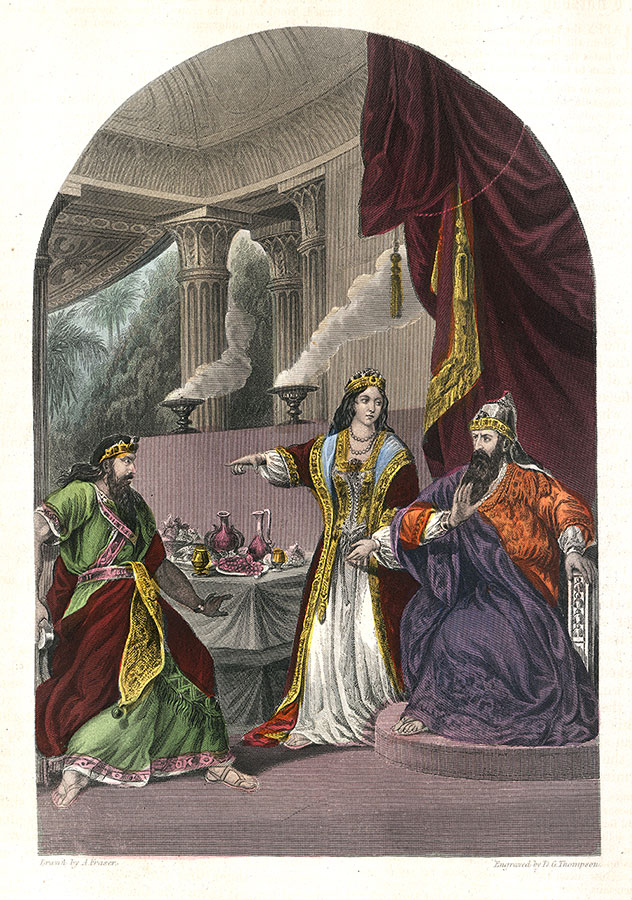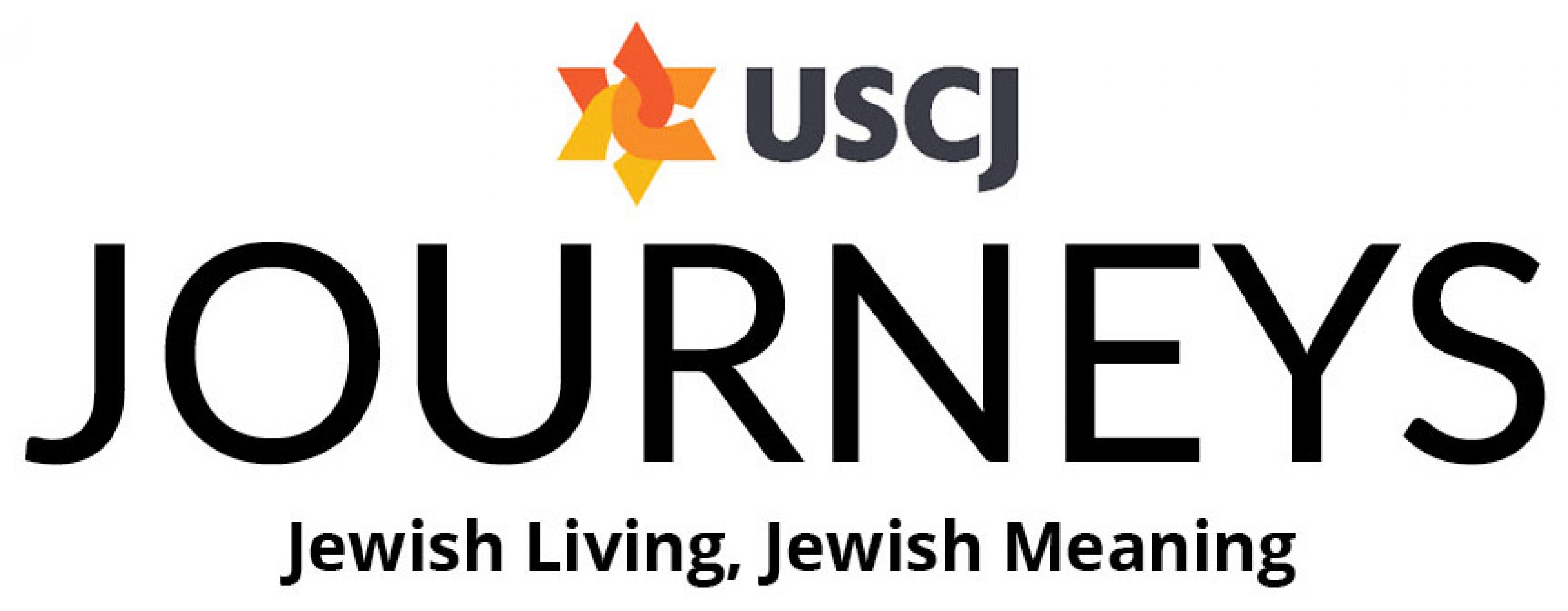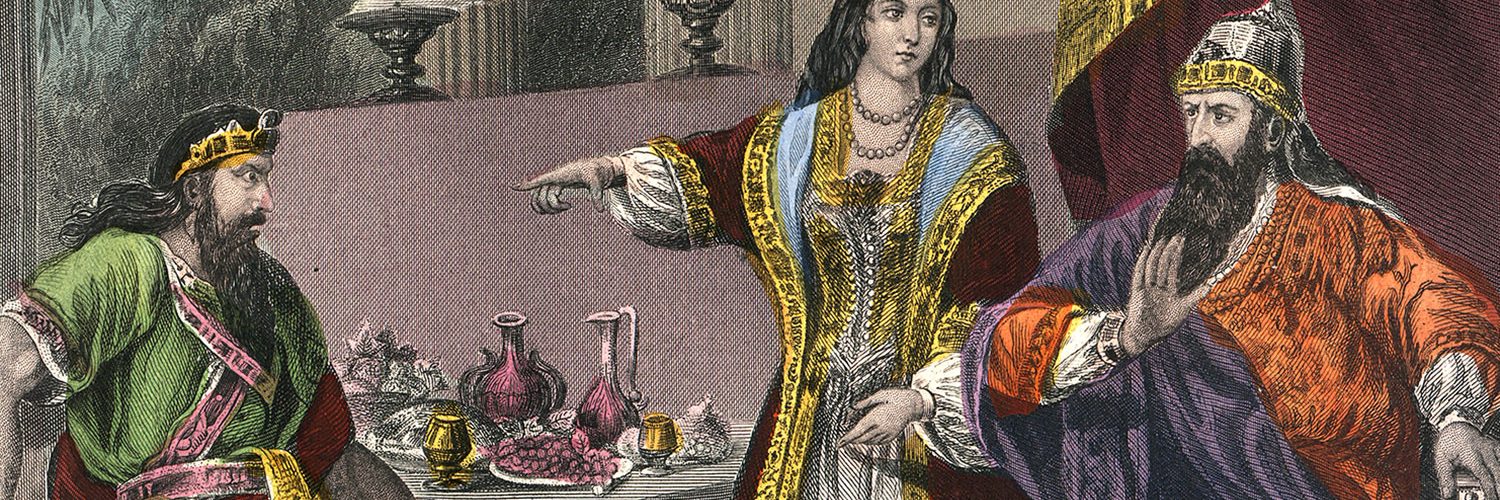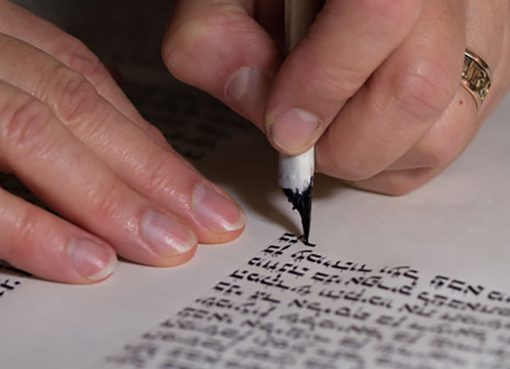One of the greatest Jewish women in modern history, U.S. Supreme Court Justice Ruth Bader Ginsburg, co-wrote a reflection with Rabbi Lauren Holzblatt of Adas Israel Congregation in Washington, D.C. a few years back. It was about the heroic and visionary women of Passover and how their stories still inspire. “Retelling the heroic stories of Yocheved, Shifra, Puah, Miriam, and Batya reminds our daughters that with vision and the courage to act, they can carry forward the tradition those intrepid women launched,” they said.
It’s true—there are some pretty powerful women at the heart of the stories we share not only at Passover, but also at Purim. Here, two rabbis reflect on the women who most intrigue them and how their legacies impact us even today:
Choices Alter the Course of History

Rabbi Dahlia Bernstein
of Congregation Beth Ohr in Bellmore, New York
“As a young woman growing up, I think I was frustrated that in order to be a powerful force in the Purim story, Esther needed to seduce King Achashverosh. With regards to Pesach, however, that is a different story. There are so many powerful women in this narrative, from Pharoah’s daughter to Miriam and the Midwives. These women made choices to alter the course of history based on their convictions. With both stories, there were threats to the women’s lives for their actions, and their continued efforts despite that were admirable.
Vashti has become a favorite of mine. She is portrayed as saying no to her husband, something that proved to be deadly. This moment of protest is hard for so many people. We often compromise our own personal boundaries and comfort in order to appease and maintain the status quo. While the Purim story may have simply used Vashti’s stand as a way of setting up the scene for a new queen, its inclusion today has a powerful message that there are often consequences for our protests. Looking at both Purim and Pesach, we see that sometimes the consequences are harsher than others. Sometimes, the reward is one’s own freedom. It is up to each person to navigate how she or he will take a stand.”
Faith Bolstered By Doubt and Risk-Taking

Rabbi Aaron Weininger
of Adath Jeshurun Congregation in Minnetonka, Minnesota
“Purim comes with the ra’ashan, the grogger, to rattle us from any false sense of calm and certainty. From a young age, studying the story at Solomon Schechter in White Plains, I remember wondering where God was in the story. The Book of Esther contains not one explicit mention of God, except for the vague use of the word ‘makom’, which means place. Some commentators suggest the word makom signifies God’s quiet presence in the text, as makom is understood as a name of God. Purim takes such a fleeting reference as a foundation for faith and for Queen Esther’s decision to act. Queen Esther holds onto doubt, about sharing her identity as a Jew and her ability to save the Jewish people, and that mixed with faith brings her to act—to enter the king’s residence without invitation and alert him to Haman’s decree to wipe out the Jewish people. Queen Esther’s name itself is rooted in the Hebrew word seter, meaning hidden. Faith is not delivered on a silver platter even to the queen. It is not always obvious. Understanding doubt as a partner to faith, Queen Esther risks giving up the comfort of her palace life to save the Jewish people. She does not succumb to cynicism.
Queen Esther recognizes that she doesn’t have all the pieces together—but she knows she must do something. She fasts for three days, she commands the Jews of Shushan to do the same, and she confronts Haman. Eventually, Queen Esther stands up for her faith through her doubt. Queen Esther can draw on the wisdom of the women who came before her.”

Who’s Who of Heroines
Purim…
Queen Vashti — The Original Feminist: She refuses to obey King Achashverosh’s demand to parade before the assembled guests, leading to her removal and a search for a new queen.
Queen Esther — The Diplomat: Chosen for her beauty after Vashti, she proves there is no one image of a leader. She leads the Jewish people to victory over the wicked plans of Haman, who wished to kill the Jews.
Passover…
Shiphrah and Puah — The Conscientious Midwives: Pharaoh ordered them to kill every baby boy who emerged from his mother’s womb. The Midwives, though, answered to a higher authority; teaching we always have a choice.
Yocheved — The Courageous Mother: She hid her baby, Moses, in defiance of Pharaoh’s decree. Then she placed him in a wicker basket and floated him among the reeds of the Nile, showing courage and risk often pay off.
Miriam — The Clever Sister: She watched the basket from afar. When Pharaoh’s daughter drew it out of the water, Miriam ran to her and cleverly suggested the baby’s own mother as his nurse. She later kept the Israelites alive in the desert with water from her miraculous well.
Bat-Paroh — The Defiant Daughter: The daughter of Pharaoh defied her father’s decree and saved Moses. For this, she received the privilege of giving Moses his name and she herself received the name Bat-Yah (daughter of Lord).
Zipporah — The Determined Wife: The wife of Moses circumcised their son Eleazar when Moses neglected to do so. Rabbis could have interpreted it any way they wished, but they chose to teach that God would have killed Moses had Zipporah not intervened.








Comment here